The 17th Edition IEE Wiring Regulations PDF for free is one of the most searched terms among electricians, electrical engineers, and apprentices. These regulations serve as the foundation for safe electrical installations in the United Kingdom, ensuring compliance with the BS 7671 standard. The 17th Edition was published in 2008 and brought major updates to electrical safety, design, and installation practices. Although it has since been updated by the 18th Edition, it remains relevant because many professionals still encounter systems originally designed under the 17th Edition wiring rules. Understanding its framework is essential for those studying electrical theory, preparing for exams, or working on older installations.
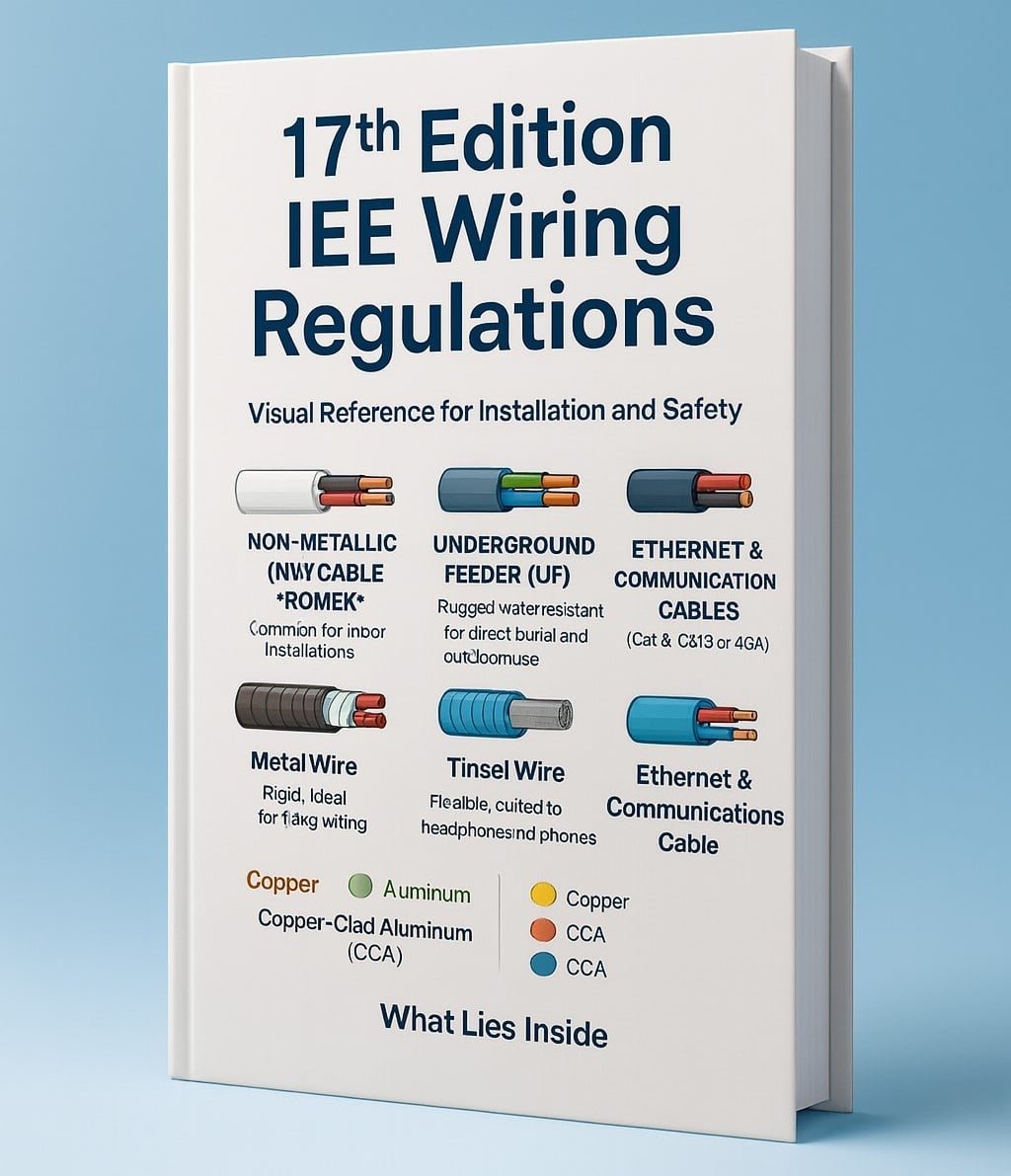
Before reading further, watch this video to understand the reason behind the slots in two-pin plugs.
What Are the IEE Wiring Regulations?
The Institution of Electrical Engineers (IEE), now part of the IET (Institution of Engineering and Technology), developed the Wiring Regulations to provide a structured set of rules for safe electrical work. These regulations were adopted into BS 7671, the British Standard for electrical installations. The 17th Edition IEE Wiring Regulations introduced significant changes compared to earlier versions, addressing modern demands such as energy efficiency, protective devices, and residual current protection. While many professionals now follow the 18th Edition, knowledge of the 17th Edition remains critical for maintaining and upgrading existing installations.
Historical Context and Evolution of the Regulations
The Wiring Regulations date back to the late 19th century, evolving alongside technological advancements in electricity. Each new edition responded to accidents, safety concerns, and the expansion of electrical systems. The 17th Edition was particularly significant as it aligned UK standards more closely with European requirements, reflecting global best practices. By 2015, amendments to the 17th Edition included new guidance on surge protection and renewable energy integration, making it a vital resource until the transition to the 18th Edition in 2018.
Check out our guide on : 17th Edition Iee Wiring Regulations 8th Edition Pdf For Free
Key Changes Introduced in the 17th Edition
The 17th Edition IEE Wiring Regulations PDF for free highlights several critical updates that electricians had to adopt. One of the biggest changes was the mandatory use of RCDs (Residual Current Devices) for most circuits, increasing protection against electric shocks. The rules also clarified requirements for special locations such as bathrooms, swimming pools, and medical facilities. Another important update was the emphasis on equipotential bonding and earthing systems, ensuring that all exposed metalwork is properly grounded to prevent dangerous voltages. These improvements aimed to reduce electrical accidents and promote consistent installation practices.
The Role of BS 7671 in Electrical Work
Every professional working with electrical installations in the UK refers to BS 7671, often known simply as the Wiring Regulations. The 17th Edition of BS 7671 provided detailed requirements for design, installation, inspection, and testing. For instance, it covered conductor sizing, protective device selection, and voltage drop limitations. Electricians studying the 17th Edition PDF gained insight into technical calculations, cable types, and safety clearances. This knowledge ensured compliance with national legislation such as the Electricity at Work Regulations 1989.
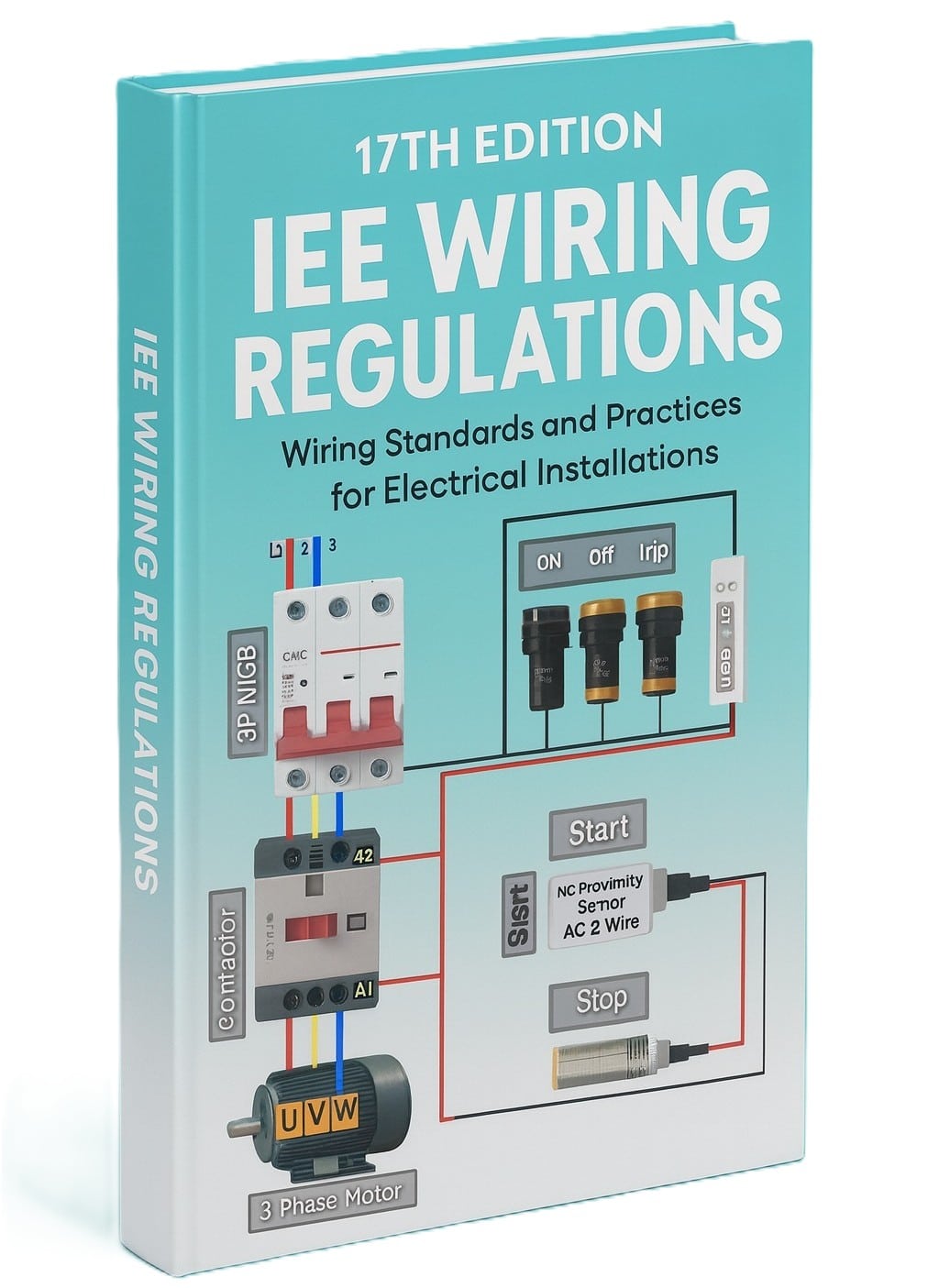
Why Professionals Still Reference the 17th Edition
Although the 18th Edition has replaced the 17th Edition, professionals still consult the 17th Edition IEE Wiring Regulations PDF because many installations designed before 2018 remain in operation. Inspectors conducting Periodic Inspection Reports (PIRs) or Electrical Installation Condition Reports (EICRs) often evaluate systems originally built to 17th Edition standards. Understanding these requirements helps electricians distinguish between older but compliant systems and those needing upgrades to meet modern standards.
Training and Education Using the 17th Edition
Apprentices and electrical trainees often use the 17th Edition Wiring Regulations PDF during their studies. Training providers emphasize understanding these rules as part of qualification exams such as the City & Guilds 2382. By mastering the 17th Edition, students build a strong foundation in safety, design, and fault protection before transitioning to the 18th Edition. Many revision guides and study resources reference the 17th Edition to help learners grasp the logic behind regulatory changes.
Discover more about : Iee Wiring Regulations: Design And Verification Of Electrical Installations 17th Edition Pdf For Free
Special Installations and Locations
One of the defining aspects of the 17th Edition was its guidance on special installations. Locations like bathrooms, outdoor areas, and medical premises posed higher risks due to moisture or patient vulnerability. The regulations specified minimum distances for electrical outlets in bathrooms, use of supplementary bonding, and protection through IP-rated enclosures. In outdoor environments, the 17th Edition emphasized weatherproofing and proper cable routing to prevent hazards from environmental exposure.
Residual Current Devices (RCDs) and Their Importance
The 17th Edition made RCD protection a near-universal requirement for domestic circuits. By mandating 30mA RCDs for sockets and lighting circuits, it drastically reduced risks of electrocution. The requirement also extended to circuits feeding portable outdoor equipment. This change influenced the design of modern consumer units, making RCDs and RCBOs (Residual Current Breakers with Overcurrent protection) standard components. Understanding this regulation remains essential for electricians maintaining or upgrading systems still based on 17th Edition designs.
Earthing and Bonding Provisions
Proper earthing and bonding remain cornerstones of safe electrical systems. The 17th Edition Wiring Regulations PDF emphasized protective equipotential bonding, ensuring that metallic pipework, structural steel, and exposed parts of appliances are electrically connected. These measures prevent dangerous voltage differences that could lead to electric shocks. Electricians working on legacy systems must verify that these bonding requirements have been met to maintain compliance and safety.
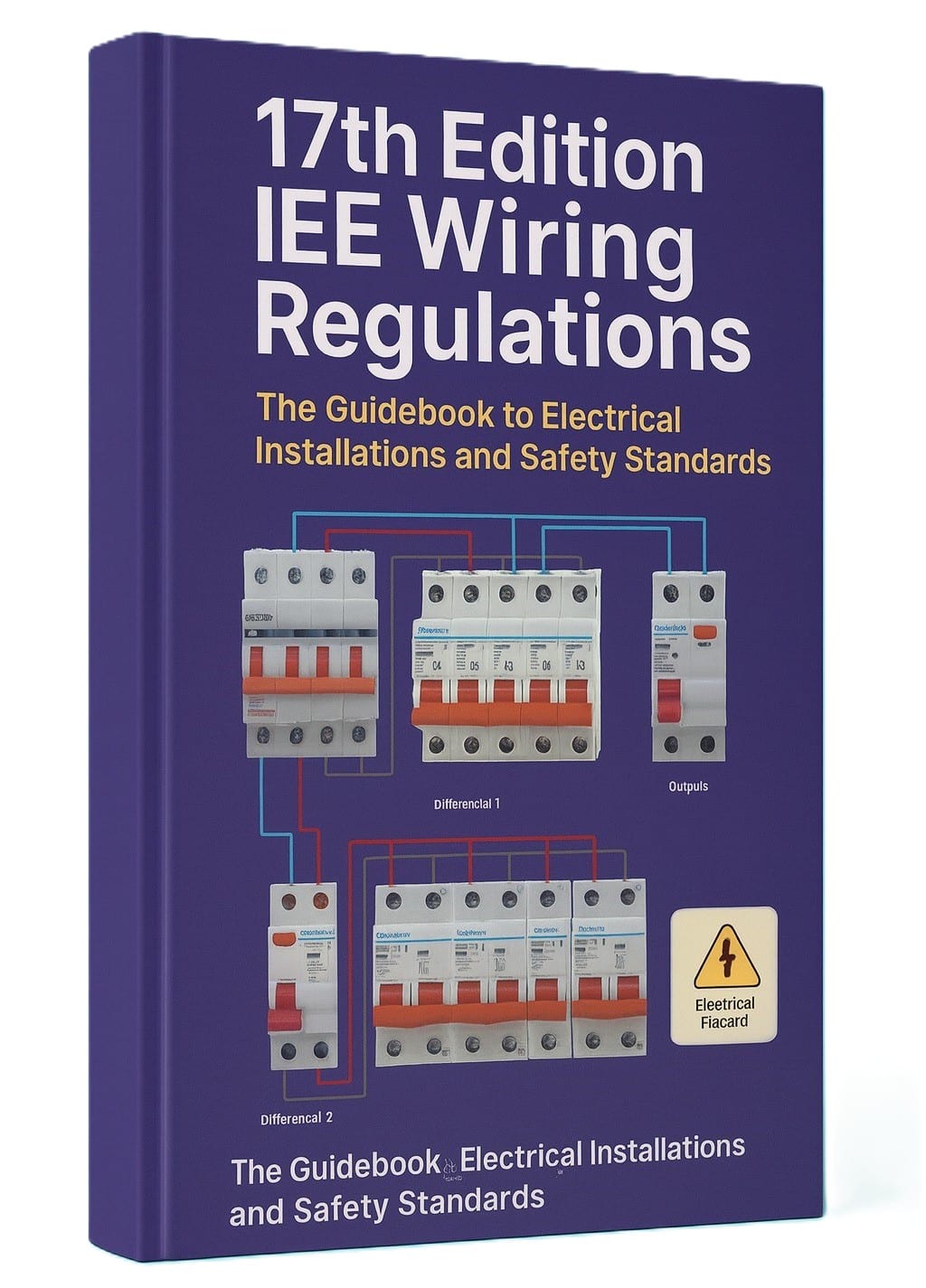
Inspection and Testing Under the 17th Edition
The 17th Edition outlined detailed procedures for inspection and testing, crucial for verifying that installations meet safety standards. Electricians were required to perform tests such as insulation resistance, earth fault loop impedance, and RCD trip times. The regulations also introduced standardized certificates for initial verification and periodic inspections. These forms created consistency across the industry and provided traceable records for compliance with legal requirements.
Related article on : IEE Wiring Regulations 16th Edition Pdf For Free
Cable Selection and Installation Practices
The 17th Edition provided comprehensive tables and formulas for cable selection, addressing current-carrying capacity, voltage drop, and derating factors. Installers needed to consider environmental influences such as ambient temperature, grouping, and insulation. For example, a cable buried in thermal insulation required derating to prevent overheating. These details ensured that circuits were not only safe but also efficient in delivering power to connected loads.
Energy Efficiency and Modern Demands
Although primarily focused on safety, the 17th Edition IEE Wiring Regulations PDF for free also addressed growing concerns about energy efficiency. With the increasing use of renewable energy sources and low-energy lighting, the regulations encouraged designs that minimized losses and maximized performance. This foresight prepared the industry for more detailed sustainability requirements introduced later in the 18th Edition.
Limitations of the 17th Edition
Despite its strengths, the 17th Edition had limitations, particularly in areas such as smart technology integration and surge protection. While later amendments added guidance on devices like SPDs (Surge Protective Devices), the framework was not fully adapted for modern electronic loads. These gaps demonstrated the need for continuous updates to keep pace with technological innovation.
Practical Applications for Today’s Electricians
Even today, understanding the 17th Edition Wiring Regulations is valuable for professionals dealing with older housing stock, industrial facilities, and commercial properties. For instance, a periodic inspection might reveal circuits compliant with the 17th Edition but lacking newer requirements such as surge protection. Electricians must decide whether the installation remains safe or requires upgrades to meet the 18th Edition. This balance between compliance and practicality reflects the lasting influence of the 17th Edition.

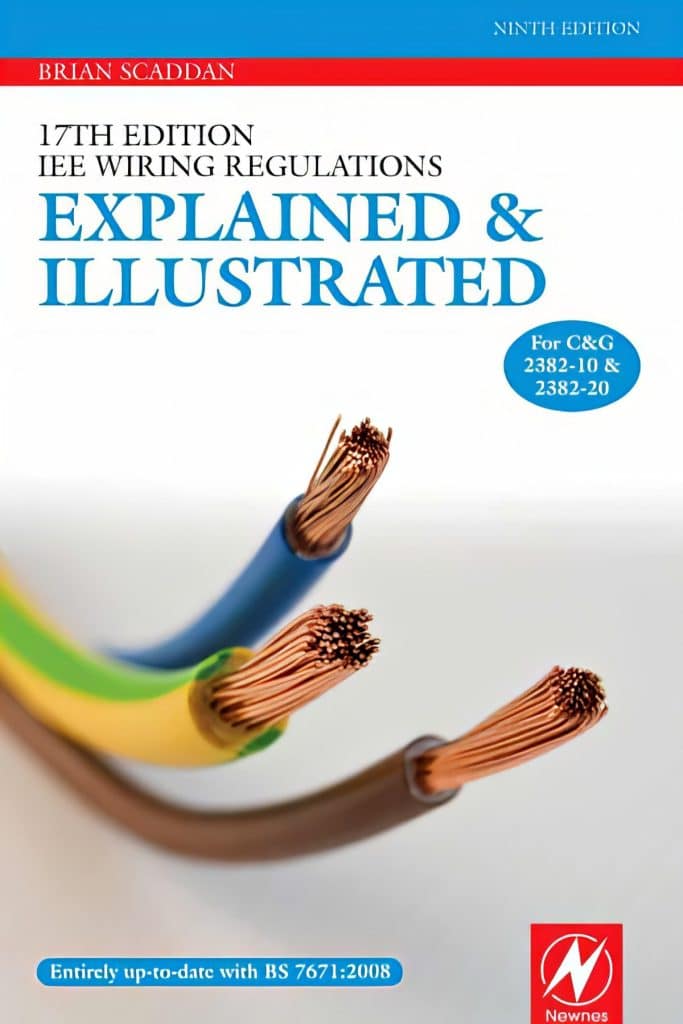
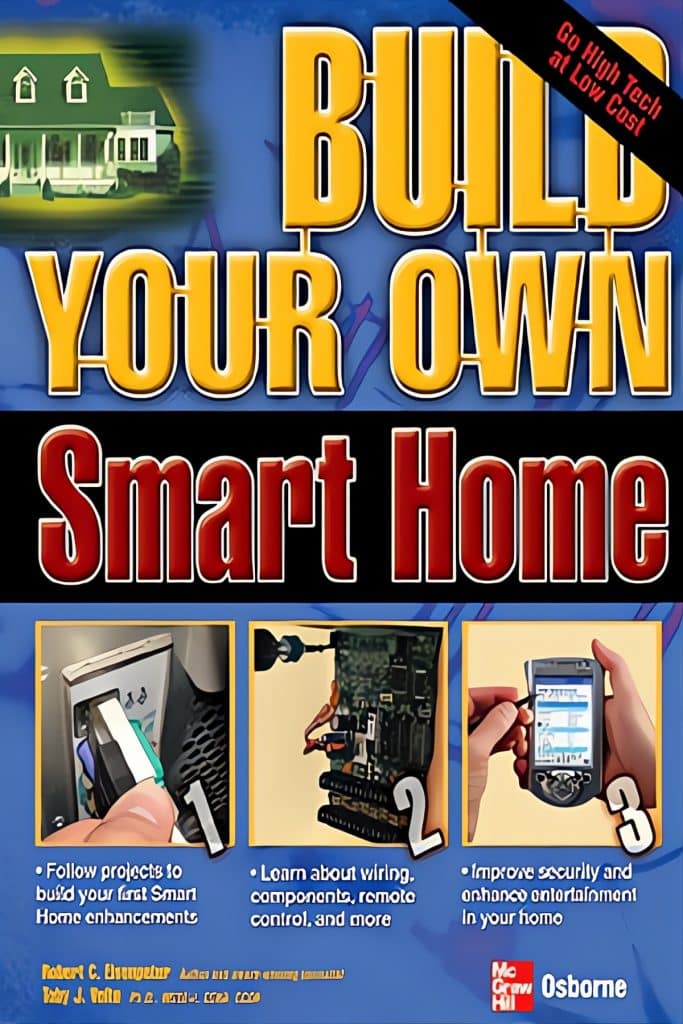
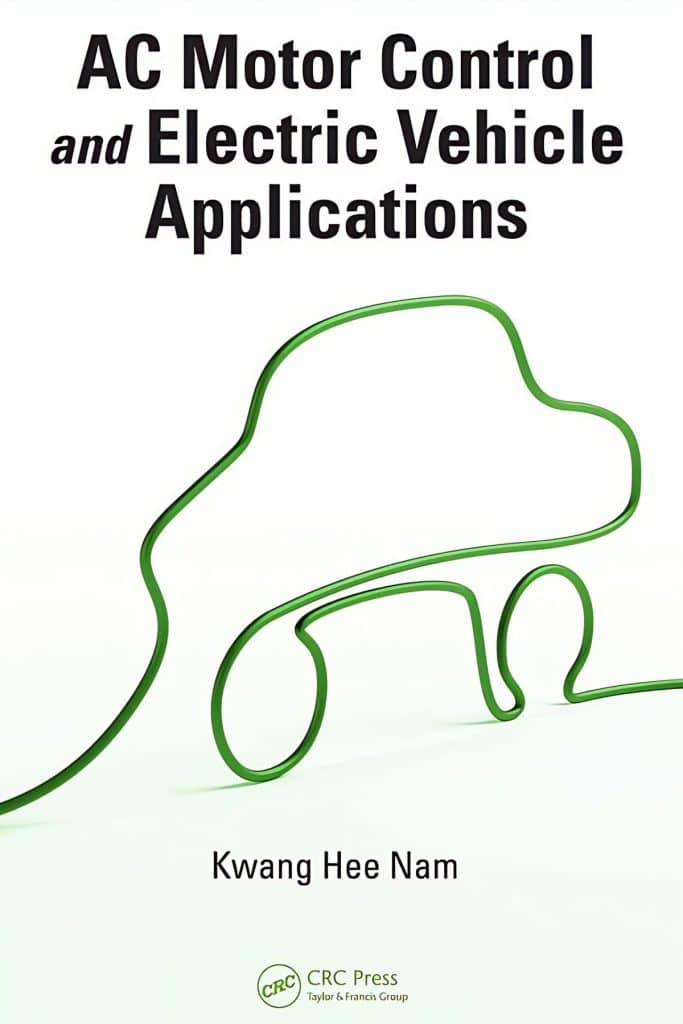

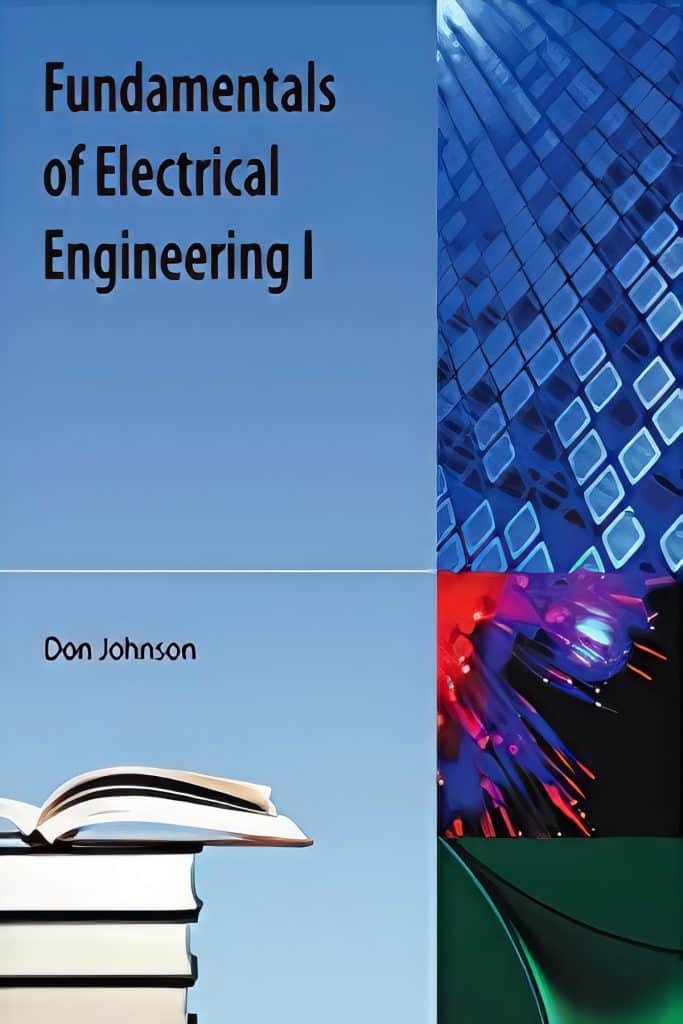


1 comment
António dos Santos
Perfeito